Part I: Introduction
Part II: Rockets, Jerusalem, and the Kelev
Part III: The Incomparable Boaz Shalgi
Part IV: Sacrifice and Courage at Masada, Qumran, and the Dead Sea
Part V: Between Two Caesareas
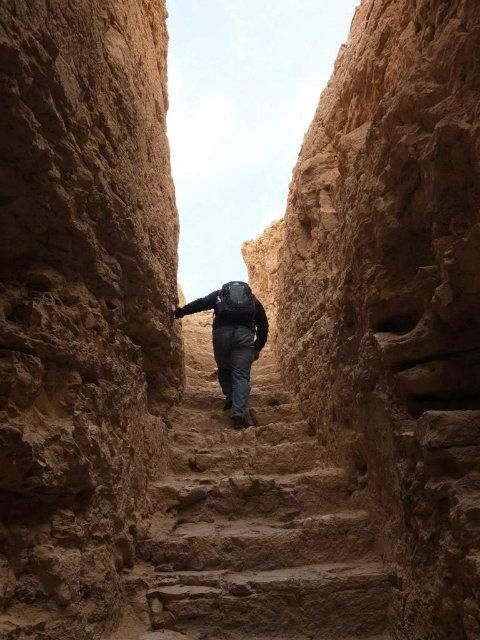
Coming out of the Cistern at Masada
Our day began early as we departed Jerusalem and headed to the east along Highway 1. The scenery gradually changed from the relative lushness of the Jerusalem area into what I had pictured before the trip began, mainly: desert. As we drove, we saw various Israeli settlements that were well-fortified, because this was in the West Bank area and these were “disputed settlements” under constant threat of attack. Again, it’s hard to escape struggle in this land, the Israelis are determined to survive and prosper, yet face pressure to do both only as long as it doesn’t offend other governments that are mostly hostile to Israel anyway. The towns of Bethlehem and Jericho are located near Highway 1, but we had to bypass them. Bethlehem features the Church of the Nativity and not much else, so we skipped it due to time pressure. There’s not much to see in Jericho, as the walls came a-tumblin’ down many thousands of years ago, and it’s Muslim-controlled at this point, so our tour guide, being Israeli, would’ve faced trouble entering with us.
As I mentioned earlier, our car was a royal piece of junk. The Kelev had maybe 30-40hp and the engine sounded like it was powered by two squirrels fighting each other. This bit of driving was the only easy part of the trip for the poor thing, as we began our descent to and below sea level. There is a sign displaying when you’re at sea level. Many tourists stop and take pictures here, which I thought to be a bit pointless. Imagine a sign that says SEA LEVEL. Yep, that’s exactly what it looked like.
As we turned south onto Highway 90, it began to rain a bit harder. This was rare, as we were very much in a desert. As the miles passed by and we descended further below sea level, we finally saw our first views of: fog. It was very foggy that day, due to the rain. But after a while, we eventually saw: more fog. But THEN, we finally saw: palm trees? In a desert?
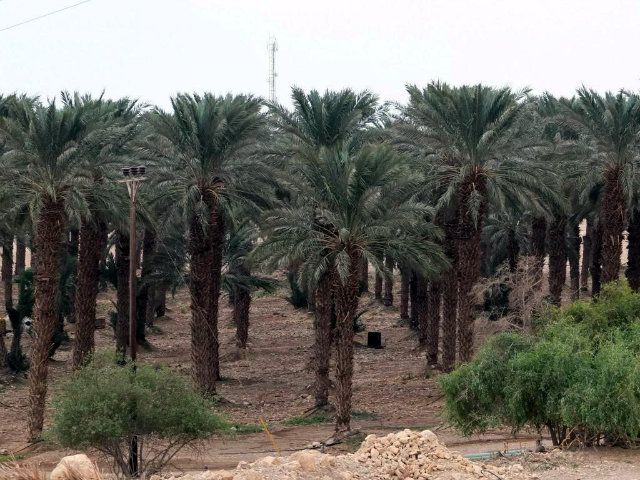
What the?
Yep, turns out Israelis in kibbutzim have developed a way of desalinating the soil around the Dead Sea and plant and harvest all sorts of fruits and vegetables. The above are date palm trees, and there were literally thousands of them neatly organized along Highway 90 on the way to: more fo…ok I’m kidding, the Dead Sea!
I had to pay attention to the road during the rain, as flash floods are very common in the area with even the slightest bit of rain, much less the steady torrent we faced that day, but the rawness of the desert interrupted by a body of water was very stark. I knew I’d eventually have a better view, so we’ll get to that later.
Masada
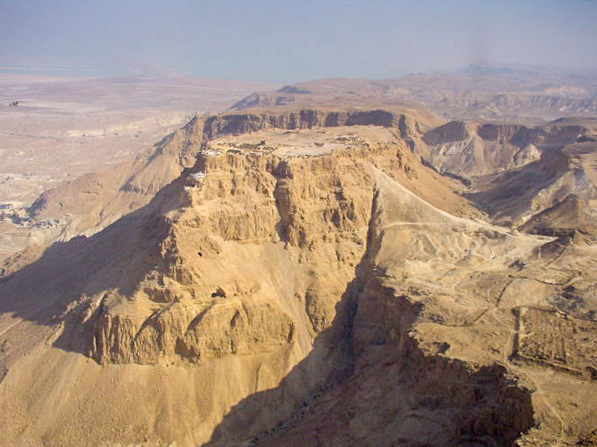
Masada Fortress (image courtesy of Wikipedia, I didn’t have a helicopter handy to take one like this)
The Masada Fortress towers atop a sand-colored crag in the Negev desert about 2 1/2 hours from Jerusalem. I would argue that just like Jerusalem represents the spirit of the Jewish people, Masada represents their heart. A bit of history:
In 66AD, the Great Jewish Revolt began. During the beginning segments of the rebellion, the group known as the Sicarii attacked and captured the fortress at Masada (which was originally built by Herod the Great as a refuge in case of revolt by the Jews during his rule, it’s unclear whether he ever even visited his palace here). As the war escalated, more Jews sought refuge with the Sicarii at Masada. Finally, in 70AD, the Romans sacked Jerusalem and destroyed the temple. The Jews were on the run and were either enslavened or killed. The Sicarii fortified their positions at Masada and laid wait.
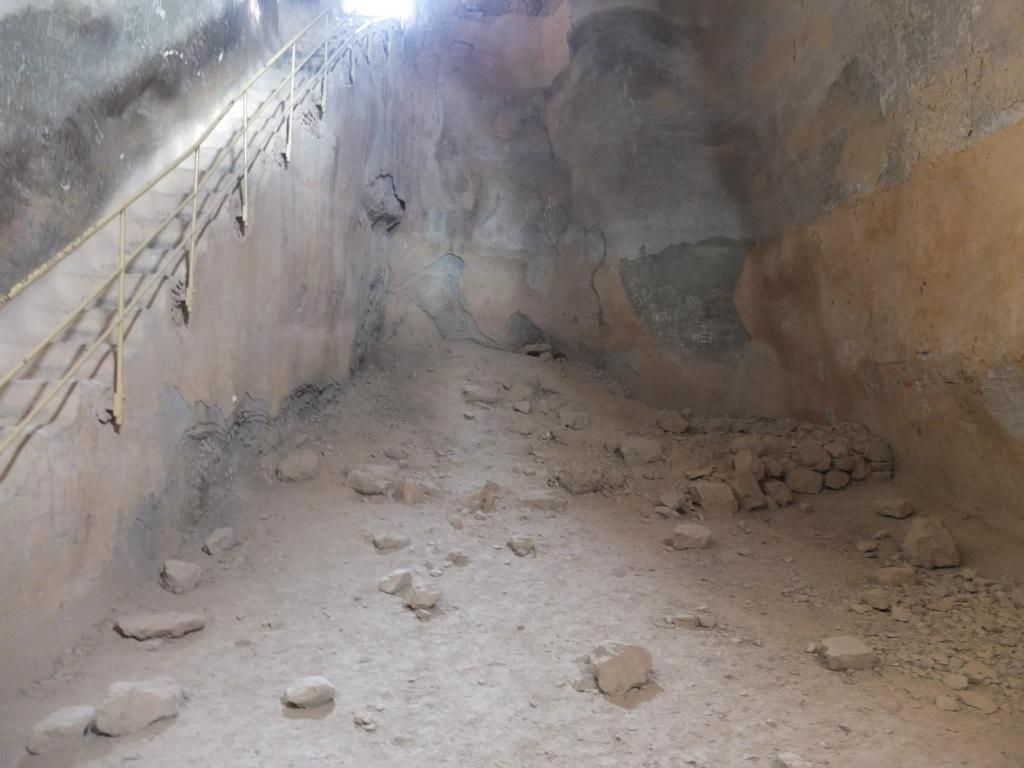
Giant cistern at Masada for storing water
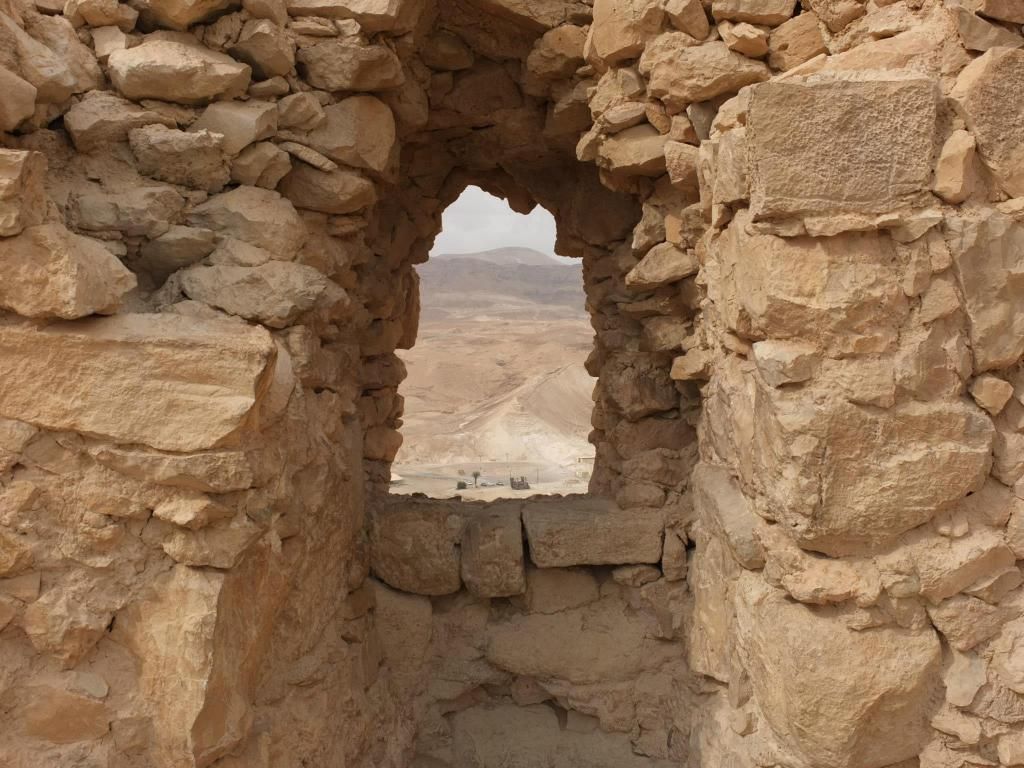
Looking out from the synagogue on Masada
As Roman soldiers scoured the countryside in hunt for Jewish rebels, they came upon the very well-defended and well-supplied Sicarii at Masada. The Romans began their siege of Masada.
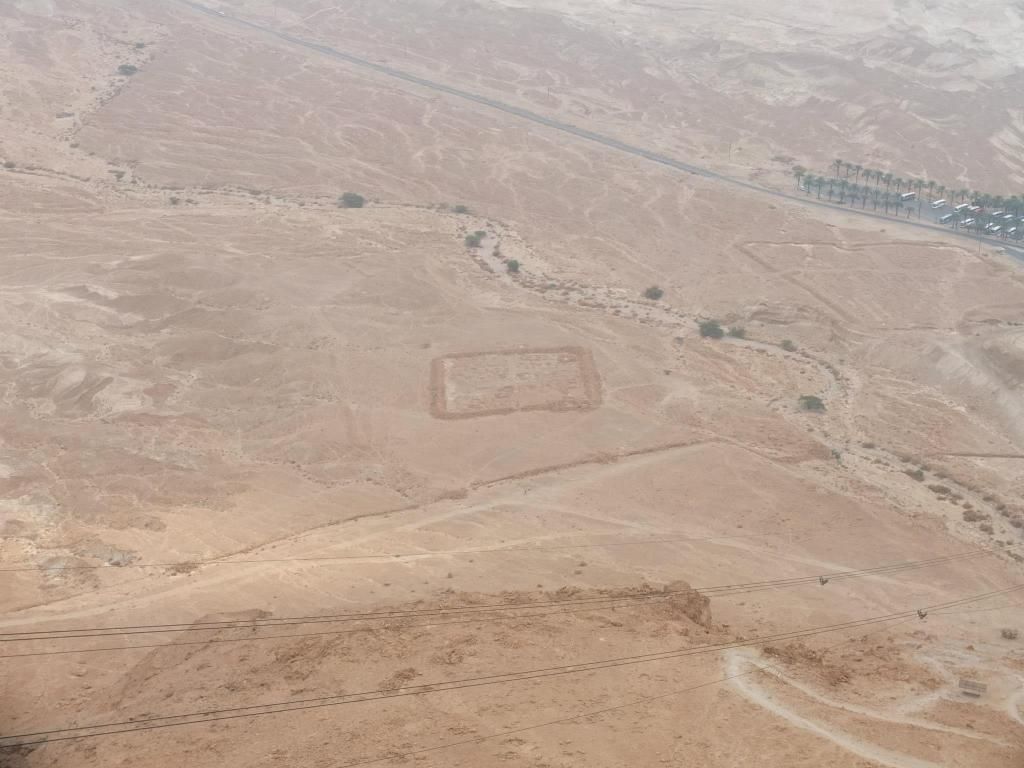
Roman camp (there are 12 scattered around Masada), you can see the siege wall just below the camp
Since the Sicarii were able to store water and had stored plenty of food, the Roman siege was ineffective. The Romans then began catapulting stones at the fortress.
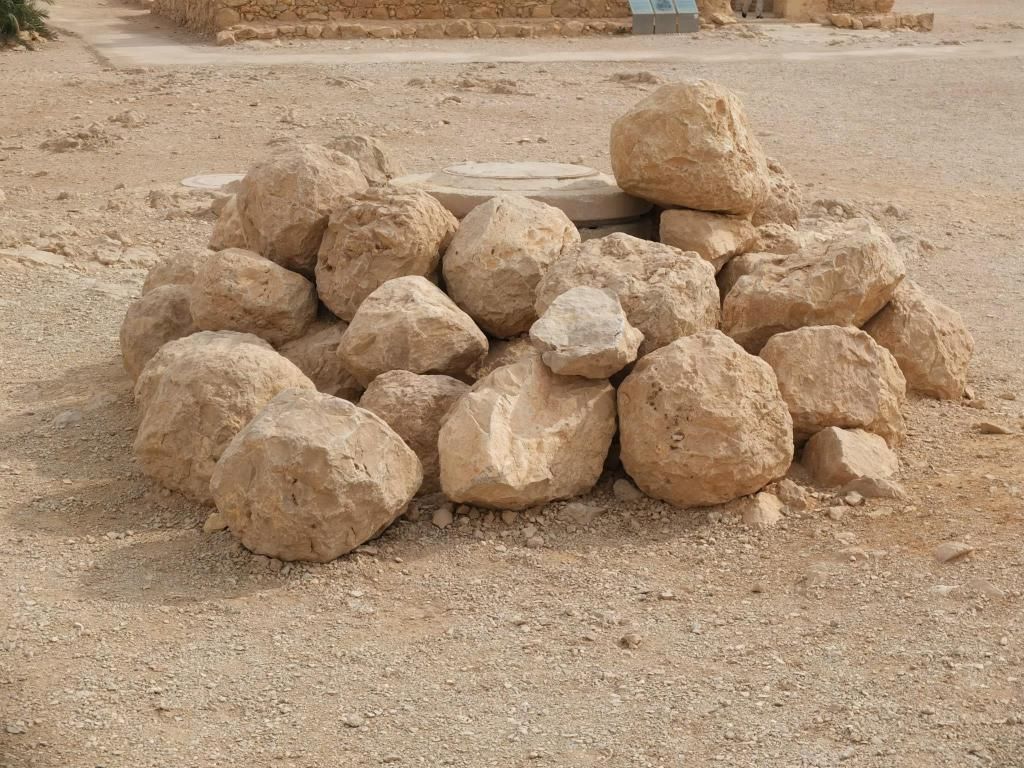
Roman stones used to try and crush the will of the Sicarii
The Sicarii still did not give in. A Roman commander finally suggested very deliberately building a ramp up to the fortress, allowing them to move their legions directly against the “rebels”. A massive ramp was built leading up to the fortress, despite Sicarii attempts to stop it.
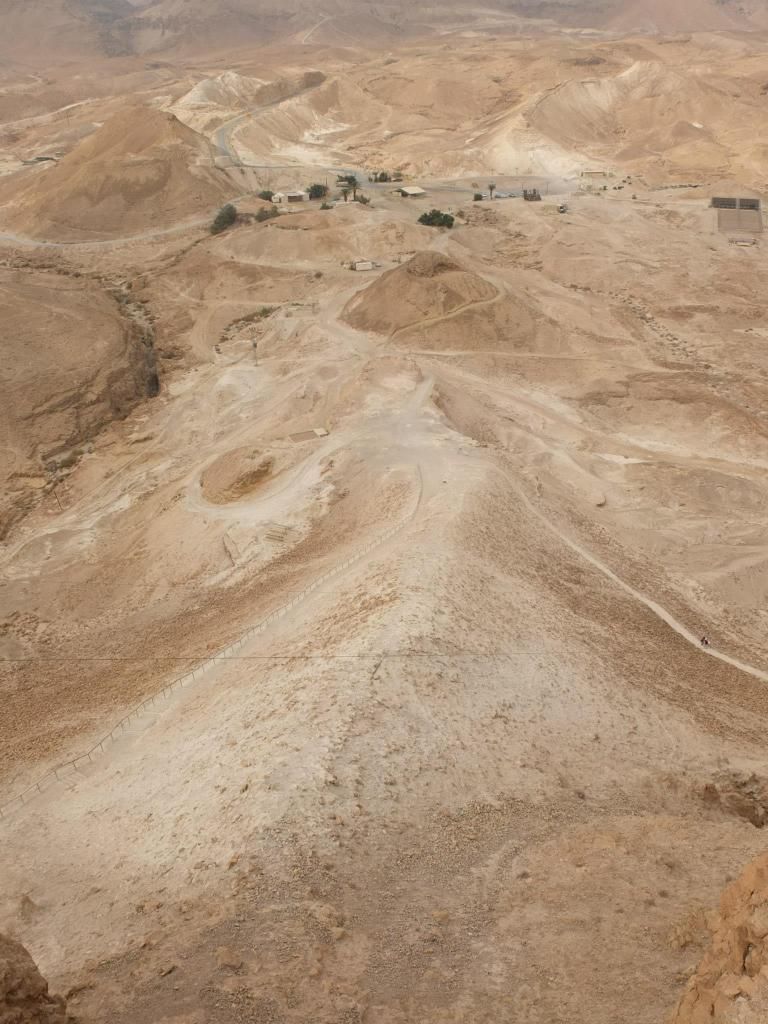
Roman ramp (taken from the point where the Roman legions entered Masada)
It was at this point the Sicarii were forced to face reality: they would die fighting or become Roman slaves. A meeting of the Sicarii men was called, and their leader, Eleazar ben Ya’ir, gave a moving and legendary speech:
“Since we long ago resolved never to be servants to the Romans, nor to any other than to God Himself, Who alone is the true and just Lord of mankind, the time is now come that obliges us to make that resolution true in practice…We were the very first that revolted, and we are the last to fight against them; and I cannot but esteem it as a favor that God has granted us, that it is still in our power to die bravely, and in a state of freedom.”
Since suicide is forbidden in Judaism, the men of Masada had the horrible task of killing their families and each other, with the last remaining man falling on his sword.

This is the place where pottery shards containing the names of men was found. It is believed these were the men who had the task of killing those on Masada, and a name was drawn from these lots to be the last remaining, who’d kill the remaining men and then fall on his own sword
The Sicarii destroyed everything before they sacrificed themselves, with one exception: the foodstores they had accumulated. The food was left as proof to the Romans that their siege had not worked, that they had not died of starvation, rather they chose death instead of slavery.
It is a tragic story of heroism and defiance, again reinforcing that in Israel you do not have to go far to find heroism, but tragedy and struggle are similarly close. To this day, “Masada shall never fall again” remains a rallying cry of the Israeli people. I believe them.
Qumran
After a reverent visit to Masada, our next task: lunch, coupled with something better. What could be better than lunch, you ask? The place where they found the Dead Sea Scrolls, you add on? You’d be absolutely correct, and you’d also be a heck of a guesser. We ate lunch at the entrance to the Qumran complex. The Qumran complex very smartly also has a massive cafeteria. We ate lunch, which was more shewarma, or I may have had schnitzel. Wait, I remember now: I ordered schnitzel and got…something else. It was chickeny, but ultimately it resembled a lot of the other food we had: meat and vegetables stuffed into pita bread. (It was always fantastic, as well)
The Essenes were a very devout and pious group of Jews that lived in voluntary poverty. It is believed they moved to the Dead Sea area to get away from the temptations of the city and worldly pursuits to be at one with their faith. Not much is known about the Essenes other than this. They are better-known today for the Dead Sea Scrolls, which were discovered intact in 1948.
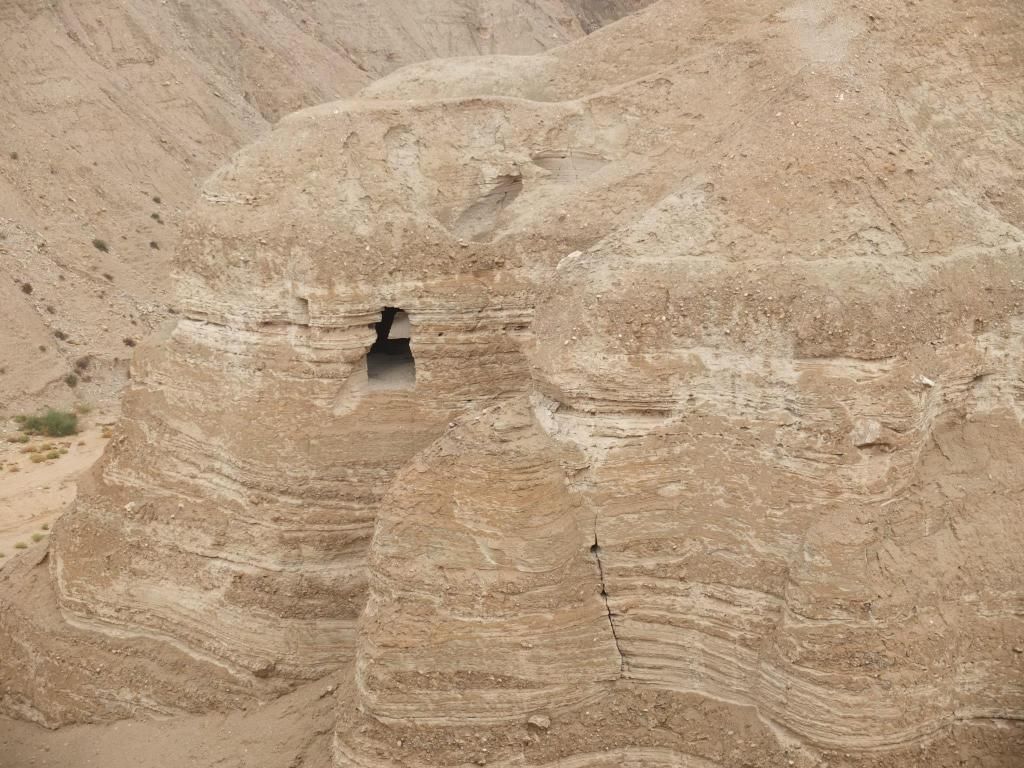
Cave where the Dead Sea Scrolls were discovered by a shepherd (who allegedly traded them for a pair of sandals)
There are many other caves in which scrolls were found, the above is the main cave.
After wrapping up the visit to Qumran (and a brief pitstop at a kibbutz where they manufacture soaps and lotions from the Dead Sea due to its abundant minerals), we trekked across the highway to sample the Dead Sea for ourselves at the lowest beach in the world.
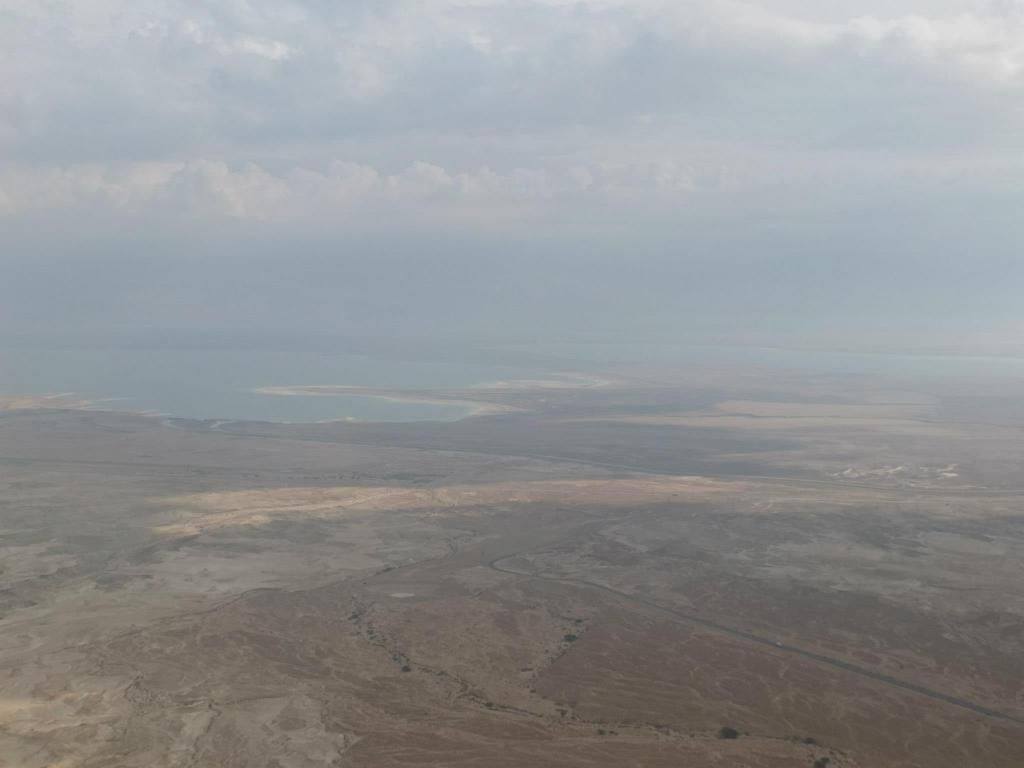
The Dead Sea
We came to a place that used to be a Syrian military installation that was long deserted, but past that was the entrance to a beach along the Dead Sea, earth’s lowest point. The Dead Sea is 8-10 times as salty as the ocean and is much more dense as well, which makes the Dead Sea almost impossible to swim in, but incredibly easy to float on!
Getting into the sea is a bit of a trek, with an interesting blend of beachgoers you’re fighting through. As an aside, during our time in Israel, everywhere we went were large groups of Nigerian pilgrims (apparently the Nigerian government will pay for them to come to the Holy Land once), and the Dead Sea was no different. They all converged on the sea (along with many other people groups) with water bottles, hoping to get someone to get some Dead Sea mud for them (the mud is very good for the skin).
I’m sure you’re hoping for some pictures of us in the Dead Sea, but we’re both really pale and it was November, so I’m not going to put your eyeballs through that.

Close approximation of what we looked like, except with swimsuits
The water itself felt very oily and slimy, but it was hilariously fun to float on the sea. We played around for a little while, my brother almost floated off to Jordan, we met some pilgrims from Nigeria, I put mud into a plastic bag for a Hungarian nun, and made our way to the showers, our skin freshened and honestly looking glorious. I even thought my receding hairline regained some strength, but no, alas, it didn’t.
Wrapping up
We drove back to Jerusalem, the haze finally lifting and the rain letting up. I really enjoyed the drive back, hearing our guide’s thoughts on Israeli-Palestinian relations and the future he hoped for. We switched hotels to what we’re pretty certain used to be apartments, but it was nice enough. Shabbat (Sabbath) started this evening, when the town of Jerusalem pretty much shuts down. It made finding a place to eat a little difficult, but we happened upon a pub that served one of my favorite beers in the world (Kilkenney), and really gave into tourism and ate at a nearby McDonald’s (that’s three facepalm dinners in a row).
It was hard to believe we only had one full day left, but we accomplished a TON and saw an incredible amount of the northern part of Israel. Look for it soon!
To your travel,
Andy


Trackbacks/Pingbacks